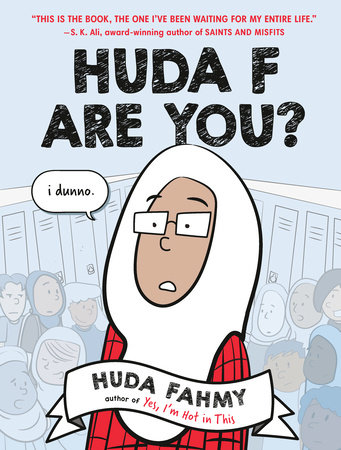 Cooke, Stephanie and Costa, Mari. ParaNorthern: And the Chaos Bunny A-hop-calypse, July 2021. 240pp. Etch/Clarion Books, $19.99. (9780358168997). Grades 3 – 7.
Cooke, Stephanie and Costa, Mari. ParaNorthern: And the Chaos Bunny A-hop-calypse, July 2021. 240pp. Etch/Clarion Books, $19.99. (9780358168997). Grades 3 – 7.
Stephanie Cooke’s ParaNorthern (illustrated by Mari Costa) is a humorous and heartfelt graphic novel fit for any age group. When young witch Abby Morgan accidentally opens a portal in the magical realm of North Haven unleashing a horde of chaos bunnies, her initial instinct is to keep the problem to herself. When she realizes that these destructive hares are too big of a job to take care of on her own she must look beyond her worries and accept the help of her family and friends.
With a consistent theme of adolescent independence and relying on others, Abby’s struggles can be relatable to many middle grade readers. Though first resistant to receive help, Abby’s friends–werewolf Gita, pumpkinhead Silas, and ghost Hannah–support her through her fears to help her find the confidence in her witch powers. Costa’s engaging illustrations and palette of fall-like hues of orange, purple, and red complement the dialogue and flow of the narrative. With no real introduction to the characters or setting, the novel reads like a second volume. Readers may find it necessary to read the first volume in order to have foundational knowledge of the world.
The characters of Paranorthern are quite diverse, ethnically and by paranormal standards. Many of the characters appear to have brown skin. Gita is a werewolf and presents as female, and there seems to be a mutual crush between her and Abby. Silas is a pumpkinhead boy trying to convince the other paranormal creatures to stop ingesting pumpkins. Hannah is an undead ghost from another dimension. In a realistic portrayal of the observance of hijab, Hannah wears a headscarf whenever she is outside her own home and does not wear it inside her house. However, though Hannah’s hijab is normalized in illustrations and not constantly called out, she is never explicitly named as Muslim. Throughout the book, Hannah mentions how she and her family are ghosts from another dimension, Hannah is seen chatting with her grandmother through the computer, and magically she needs a charm to be physically present in North Haven’s dimension. These elements hint that Hannah may be part of a diaspora community, living away from her home dimension. But though this parallels real life SWANA diaspora communities in North American or European countries, Hannah’s ethnicity is also never specified, though usage of language implies that they are Arab but terminology is incorrectly used.
With heartwarming, fun, and laugh-out-loud moments, Paranorthern celebrates the power of friendship in a paranormal world. Readers will cheer for Abby and her friends as they work together to return the Chaos bunnies back to their realm.



 Huda F Are You? by Huda Fahmy
Huda F Are You? by Huda Fahmy



